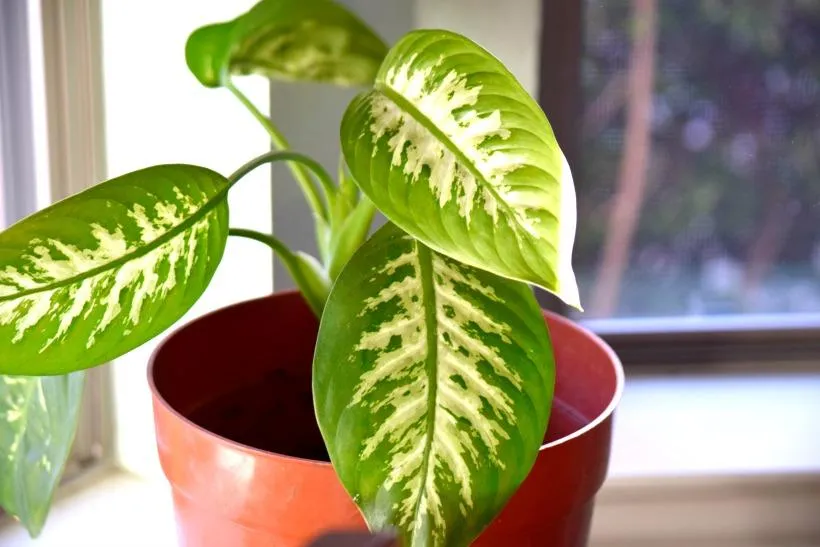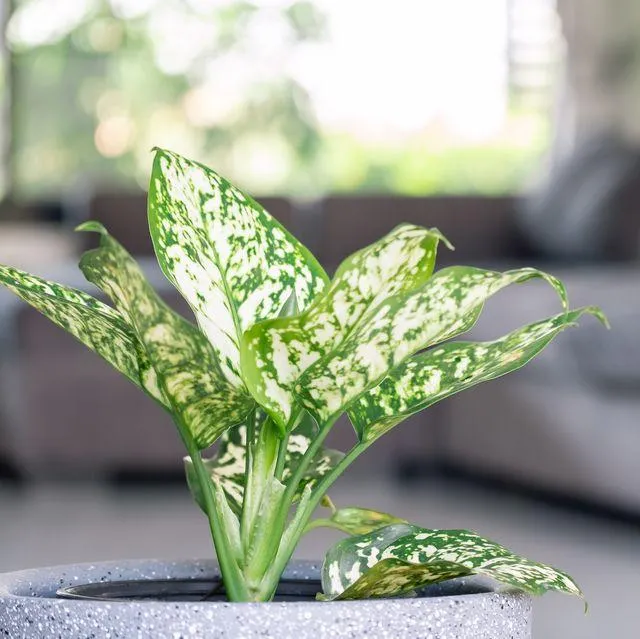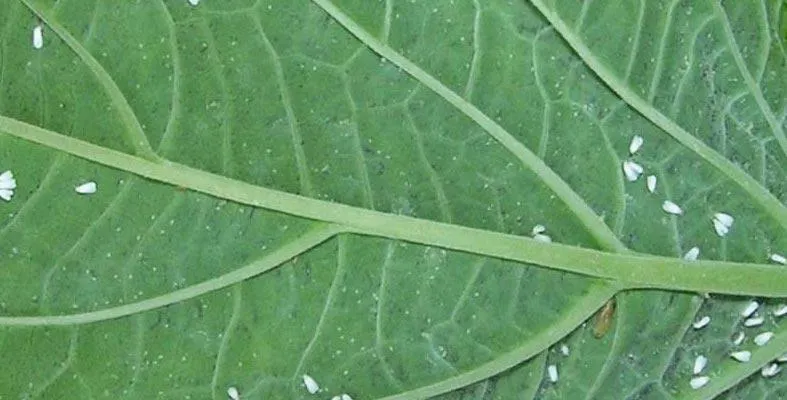The Best Small Leaf Indoor Plants for Your Home
If you’re looking for an easy to care for houseplant with small leaves, you’ve come to the right place. Small leaf indoor plants are perfect for small spaces or for folks new to plant parenting. They don’t require a lot of sunlight or water but can still add tons of style and greenery to your home.
Pothos
Pothos has got to be one of the toughest and most forgiving small leaf plants around. With its heart-shaped leaves and trailing vines, it’s basically impossible to kill. Pothos are super low maintenance – they can go weeks between waterings and thrive in low to medium light. You can find pothos with variegated leaves too which add visual interest.
From my experience as an avid houseplant collector, pothos is the best plant for beginners. Its vines will trail beautifully over shelves and decor. Pothos also removes toxins like formaldehyde from the air. Just give it a spot in your home and watch it grow!
Snake Plant
nicknamed the “mother-in-law’s tongue,” the snake plant is famous for being nearly indestructible. Its stiff, sword-like leaves emerge in upright clusters from the soil. Snake plants are true survivor plants – I’ve seen them bounce back after months without water!
They thrive in very low light and are happy in corners of homes or offices where other plants won’t make it. Snake plants also release oxygen and detoxify the air. Use them as easy low-maintenance accents throughout your space. Just be warned – they grow slowly so you’ll need patience!
Peperomia
With their beautiful foliage, peperomias are like tiny tropical rainforests in miniature. These plants come in countless varieties each with unique leaf shapes and colors. Some common types include Peperomia Hope, Peperomia Obtusifolia, and Peperomia Capers.
Peperomias enjoy medium to low light and tolerate dry conditions between waterings. They prefer humidity but are adaptable. In my experience, peperomias are low fuss plants that liven up any interiorscape. Use them as tabletop accents, in hanging baskets, or as terrarium plants. Their small leaves add visual interest without taking up much space.
Chinese Money Plant
The Chinese Money Plant (Pilea peperomioides) has taken the houseplant world by storm in recent years. With its round, flat-topped leaves resembling coins, it’s easy to see why! These adorable plants enjoy medium to low light and average home humidity.

Here’s a tip – Chinese Money Plants thrive when their soil stays somewhat moist. Water them when the top inch of soil dries. They’re excellent desk or tabletop plants that add texture and whimsy with their “coins.” In my experience, these beauties are charming additions that brighten up any space.
ZZ Plant
For those seeking a true carefree plant, look no further than the ZZ plant (Zamioculcas zamiifolia). Its waxy green leaves emerge in upright clusters looking polished and elegant. ZZ plants can go forever without water – simply water when the soil is dry.
They thrive equally well in low light or bright indoor conditions. ZZ plants are practically indestructible. I once forgot to water a ZZ for over 6 months with no ill effects! Use these sturdy beauties as trouble-free accents or as living decor. Their waxy leaves add a nice touch of green without fuss.
Jade Plant
With their thick, shiny leaves that come in various shades of green and sometimes variegated, jade plants (Crassula ovata) are right at home indoors. These cuties enjoy warm temperatures and bright light. Make sure their soil dries slightly between waterings.
In my experience, jade plants are easy additions that bring a succulent vibe indoors. Use them as tabletop accents, in hanging baskets near south or west-facing windows. Jade plants are very slow growing but gain personality and character with age. Their leaves may even take on a waxy, bluish tint when mature.
Other Great Small Leaf Plant Options:
- Peperomia Hope – Beautiful red veining on dark green leaves.
- Tradescantia zebrina/Wandering Jew – Striking purple/green variegation.
- Syngonium – Heart-shaped leaves in various colors.
- Fittonia – Vibrant pink/green “nerve plant” leaves.
- Hoya – Waxy heart or oval-shaped leaves perfect for trailing.
Choosing a Spot in Your Home
Now that you’re familiar with some top small leaf indoor plant options, let’s review important factors to consider when placing them in your home.
Light Exposure
Most small leaf plants thrive in medium to low indirect light. Pick spots near east, west, or south-facing windows. Avoid direct western sun in the hottest part of afternoon. Use a light meter app if unsure of light levels. Consider supplementing light for plants under low-lit coffee tables or bookshelves.
Humidity Levels
While most small leaf plants tolerate average home humidity, some like peperomias perform better with higher humidity. Use a humidifier, pebble tray, or group plants together to boost ambient humidity levels in your home. Avoid very dry heated rooms during winter.

Proximity to Pets & Children
If you have kids or pets, place plant displays up high or behind closed doors if needed. Some plants like pothos or philodendron can pose risks if nibbled on. Always supervise young children or pets around plants.
Access to Water
Consider drainage, watering access points, and potential messes when placing plants. Try atop furniture with a drip saucer/liner beneath, near sinks for easy watering, or group plants on pebble-filled trays to catch spillovers.
Caring for Your Small Leaf Indoor Plants
Once you’ve selected your plant and display spot, here are some care tips to keep them looking their best:
Watering
Allow top 1-2 inches of soil to dry out between waterings for most types. Snake plants and ZZs can go longer. Water until excess drains from bottom and discard any standing water after 30 mins. Use room temp water for best results.
Fertilizing
Feed houseplants monthly in spring/summer with a diluted liquid houseplant food or all-purpose fertilizer. Cut back to every 2-3 months in fall/winter when growth slows. Be careful not to over-fertilize small or container-bound plants.
Repotting
Check plants regularly for signs they’ve outgrown their pots like closely-crowded roots. Repot in early spring or summer using a terra cotta or plastic container with a drainage hole and new potting soil.
Pruning
Remove any diseased, damaged, or crispy brown foliage as needed using clean scissors or pruners. You can also prune leggy plants or trim vines/trailing plants to encourage bushier growth.
Pests & Disease
Watch for common houseplant issues like spider mites, mealybugs, or fungi. Isolate affected plants and treat issues promptly to prevent spread using neem oil, insecticidal soap, or fungicide if needed.

Décor Tips
Be creative displaying your leafy friends! Use them in terrariums, try cute macrame hanging planters, cluster pots together on bookshelves, or place solo plants as accent pieces. Have fun stylizing your green space!
With the right plant selection and care, small leaf indoor plants can add visual interest and greenery without being high maintenance. Choose what appeals based on your preferences and growing conditions. Above all, relax and enjoy these charming plants that leave big impressions in small spaces. Let me know if you have any other questions!
Factors to Consider When Choosing a Small Leaf Indoor Plant
| Plant | Light Needs | Water Needs | Care Difficulty | Size |
|---|---|---|---|---|
| Peace lily | Low to medium | Allow soil to dry out between waterings | Easy | 18-24 inches tall and wide |
| Pothos | Low to bright indirect | Water when top 1 inch of soil is dry | Very easy | Trailing vines up to 10 feet long |
| Snake plant | Very low to low | Let soil dry out between waterings | Very easy | 12-24 inches tall |
| Chinese evergreen | Medium to high | Keep soil evenly moist | Easy | 12-36 inches tall and wide |
| ZZ plant | Very low to bright indirect | Let soil dry slightly between waterings | Very easy | 6-24 inches tall |
FAQ
-
What kinds of small leaf plants are good for indoors?
Plants with little leaves, like pothos and Chinese evergreen, can easily fit in small spaces. Spider plants and peace lilies are also popular picks that don’t take up too much room.
-
How often should a small leaf indoor plant be watered?
Most small-leaf indoor plants need water about once a week. The soil should be allowed to dry out some in between waterings, but not completely. It’s best to check the soil with your finger to see if it’s dry before watering again.
-
What kind of light do small leaf indoor plants prefer?
Plants with tiny leaves tend to like indirect sunlight. Direct rays could burn their leaves. A bright windowsill away from direct sun is perfect. “Fake plants” don’t need light, so they’re good for low-light rooms too.
-
Do small leaf indoor plants need fertilizer?
Generally, small leaf indoor plants don’t need fertilizer very often. You can give them a little bit diluted in the water every few months during the growing season. Otherwise, the natural nutrients in tap water are basically enough for their needs.
-
How can you tell if a small leaf indoor plant is getting enough light?
If the leaves are growing closely together and becoming pale or yellowing, it may not be getting bright enough light. Move it gradually to a sunnier spot. Smaller, fuller leaves usually mean it’s happy. Are you giving your plant attention? It might appreciate some sunlight too!
-
What are some common problems for small leaf indoor plants?
Leaf drop or bugs could be issues. Check thoroughly for pests like spider mites or scale under the leaves. Overwatering is easy to do too, leading to root rot. Improving drainage holes may help. At the same time, under-watering will cause crispy leaves. Pay attention and you’ll sort it out!

-
How often should I repot a small leaf indoor plant?
Most small leaf plants don’t need repotting very frequently. Every couple years should do it. Check if the roots are growing out the drainage holes, then it’s time to size up. Repotting in the spring is best when new growth is starting. Don’t go up more than an inch in pot size each time though.
-
Is pruning necessary for small leaf indoor plants?
Generally no regular pruning is needed other than to remove any dead or diseased foliage occasionally. Spider plants and pothos can get leggy sometimes. A light trim may encourage bushier new growth. Make cuts just above leaf nodes using clean scissors.
